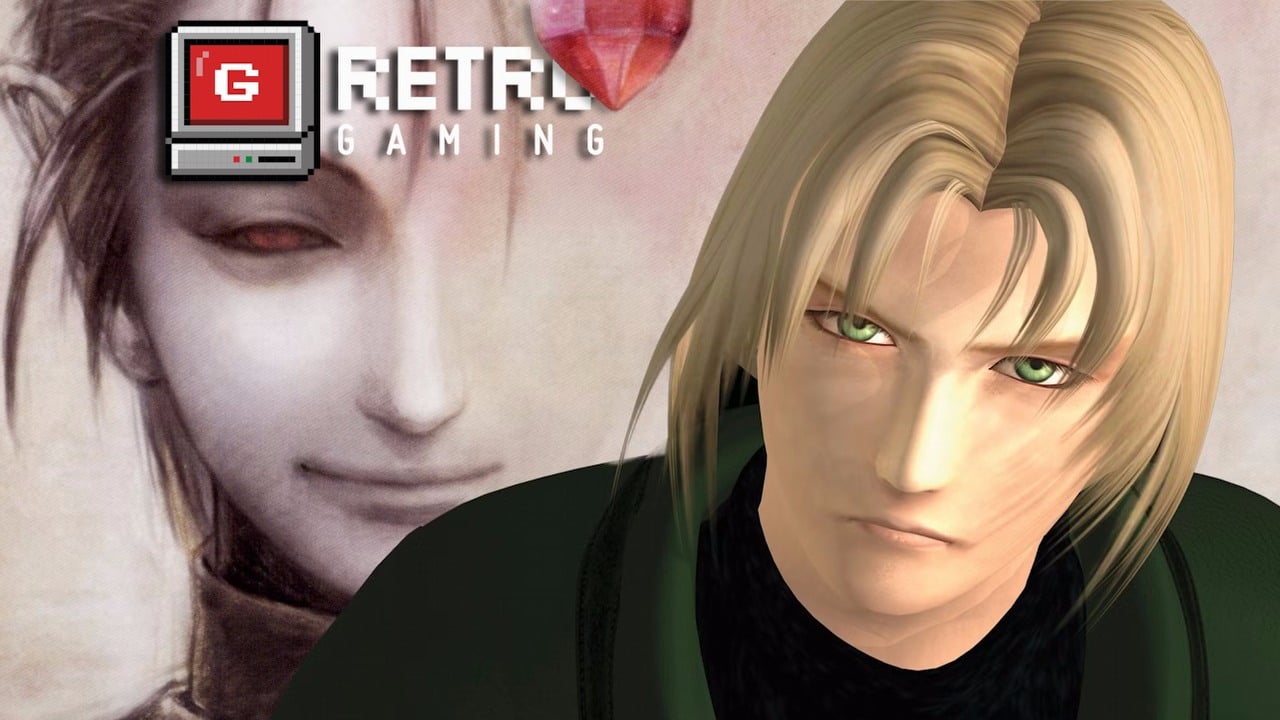
In the year 2001, my mind was captivated by a specific magazine, unable to break away from the Shadow of Memories review and its every word. As a child who had recently fallen in love with Quantum Leap and discovered 12 Monkeys, my fascination with time travel and compelling stories deepened. Now, nearly a quarter-century later, I find myself as enthusiastic about Konami’s work as I was back then, having grown into an even more passionate fan.
There, where the Homunculus says goodnight
In the idyllic, almost surreal German town of Lebensbaum (Tree of Life), an unfortunate incident occurs: young Eike Kusch is brutally murdered in daylight on a bustling street. However, instead of delving into the crime genre, our story takes an unusual turn when a peculiar creature named Homunculus encounters the protagonist. This enigmatic being presents him with an opportunity to apprehend the killer. To accomplish this, he gifts the protagonist a Digipad, a remarkable device capable of time travel. From now on, we embark on a thrilling cat-and-mouse chase with the murderer.
A single loss doesn’t force an adversary to concede their goals. Let’s journey to the years 1980, 1902, and 1580, gradually exposing a tangled mystery that involves more than just battling destiny; it also involves controlling people and circumstances. As we move through each chapter, the tension builds, and our antagonist is merely one of several challenges we face. The initial playthrough of Shadow of Memories spans approximately 4 hours, but to uncover all secrets, multiple plays are needed. The game boasts a total of 8 endings, with 2 hidden ones; it’s only by finding them that the complete story is revealed.
As I delved into this game, I found myself captivated by its richly crafted characters that truly brought the world to life. Even in Lebensbaum, which appeared to be an empty shell, each resident seemed to have their own unique story. I was particularly drawn to the Wagner family, who were intricately linked with the protagonist, and the museum owner whose tragic loss of his wife and child in the 80s added depth to the narrative.
Homunculus and The Fortune Teller were standout characters, stealing every scene they graced with their presence. Homunculus, while seeming to aid us, kept me guessing about his true intentions. On the other hand, The Fortune Teller’s uncanny ability to predict Eike’s demise left me in awe, much like Darth Vader in the original Star Wars trilogy who, despite being scarcely seen, always left an indelible impact.
One step ahead of the killer
In the game Shadow of Memories, death is a recurring element that propels the storyline. To prevent the killer’s schemes, we must understand his motivations and methods. This is achieved by traveling back in time, even to seemingly unrelated incidents that unexpectedly impact Eike’s destiny significantly. If the murderer intends to strike from the treetops, it’s worth making every effort to transform the sapling into a monument instead. Need a rare book? Simply suggest to a wealthy individual to establish a library rather than a museum. The game offers numerous opportunities for exploration and experimentation, leading to various paradoxes.
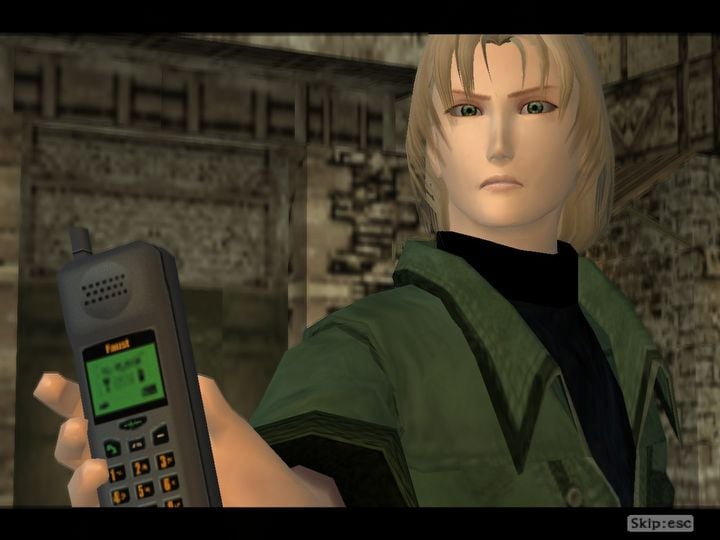
In most cases, we tackle challenges by means of investigation and dialogue, reminiscent of the Shenmue series. The protagonist is mainly responsible for initiating conversations, with occasional opportunities for us to choose our replies. The game incorporates items, but seldom do we utilize them. Instead, we employ these objects on various characters or items, such as dispersing a 16th-century crowd using a cell phone or a lighter. The quests can be challenging, yet the resolutions to puzzles remain logical and rewarding.
It’s fascinating to notice that each time we visit, the scenery seems remarkably distinct from our current view. This disparity allows us to spot changes in the city’s look and its people. But there’s more to it than just that. Each era has its distinctive features: for instance, in the 80s, Lebensbaum endured a severe winter, in the early 20th century, everything around was black and white, and in 1580, sepia tones were prevalent.
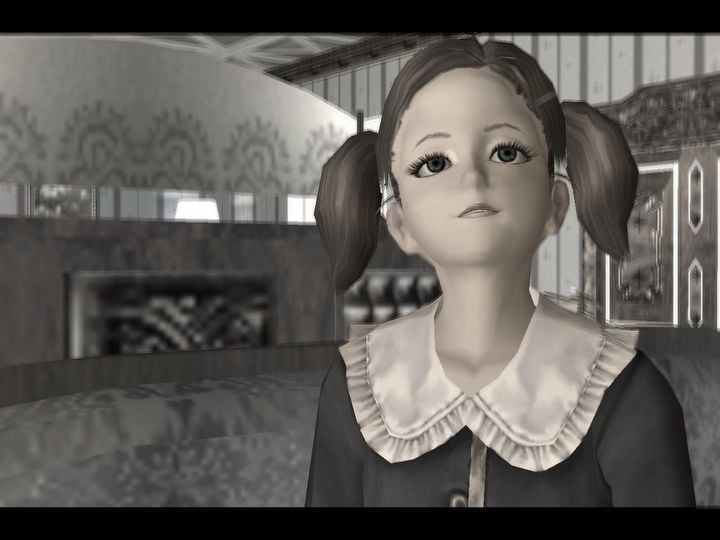
In this thrilling game I play, it’s not just about journeying from one place to another, but also managing time effectively. Time moves realistically here, and it’s a crucial factor as I typically have around half an hour to outwit the murderer before he strikes. If I fail to find a solution before the clock ticks down, I’m sent back to 2001 and meet my untimely demise again. Thankfully, progress from previous attempts is carried over, but if I die in the past at the exact moment of death, I see the disheartening message “game over.
What is hidden in Junko Kawano’s head?
Discussing Eike Kusch’s destiny often brings up Junko Kawano, a multifaceted figure in the gaming world. It’s fair to say that we owe much of the creation of “Shadow of Memories” to her, as she served as both the writer, director, and character designer during its development.
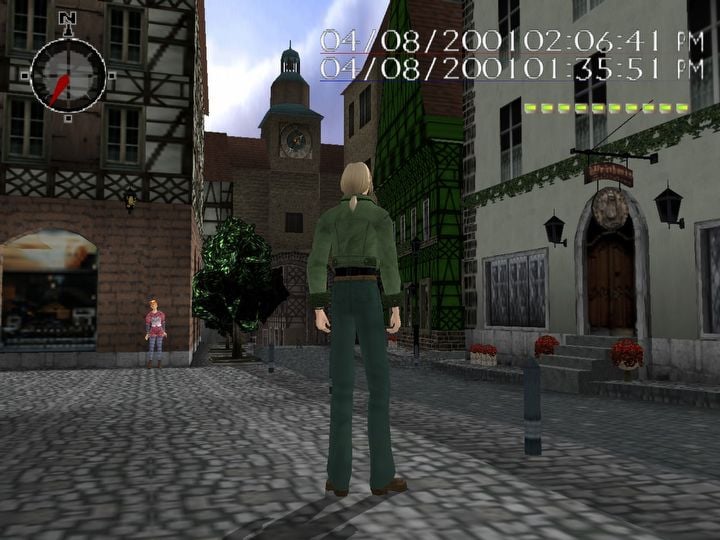
In the process of crafting her narrative, she drew inspiration from Johann Wolfgang von Goethe’s “Faust”. Unlike merely incorporating Homunculus or the Philosopher’s Stone, Kawano made Eike a captive of his own decisions and their ensuing outcomes, much like in that timeless tale. Additionally, during development, they contemplated titling the game either “Days of Walpurgis” or “The Days and Nights of Walpurgisnacht”. This alludes to Walpurgis Night, a character from “Faust”, which symbolizes an ancient German festival honoring the dead, often linked with witches.
Ultimately, the game was known as “Shadow of Memories” in Europe and Japan, while it went by “Shadow of Destiny” in North America. Each title aptly reflects the storyline – Eike’s memories significantly impact the narrative, and the concept of battling one’s destiny is also prominent.
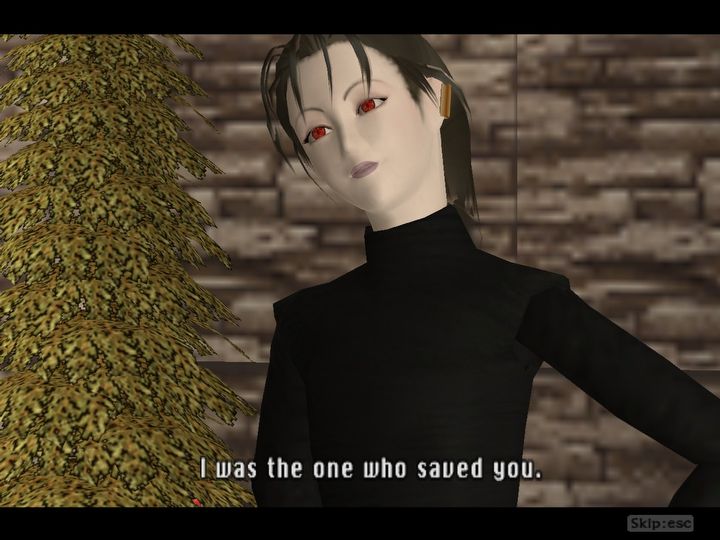
Junko Kawano is well-known for her contributions to the Suikoden series and her involvement in remastering the initial two installments. Additionally, she is recognized for Eiyuden Chronicle. Of note, the idea of time travel was delved into in the 2008 Nintendo DS game Time Hollow. Although it isn’t an official sequel, it incorporates numerous themes from Kawano’s prior works.
How to play Shadow of Memories today?
Initially launched exclusively on PlayStation 2 in 2001, Junko Kawano’s game is now most conveniently found in this version, with prices ranging approximately from $20. Later in 2002, it was also made available for PC and Xbox. The series concludes with a slightly enhanced version for the PSP, released in 2009 and priced around $15.
Unfortunately, the digital version of “Shadow of Memories” isn’t currently up for sale. However, there’s a silver lining as the game has been submitted to the GOG Preservation Program. This program is designed to keep classic games from fading into oblivion and ensure they can run smoothly on contemporary operating systems. “Shadow of Memories” is absolutely worth giving a try by today’s gamers, even if it’s not as interactive as some other titles. Its captivating storyline is one you won’t easily forget.
Read More
- Who Is Harley Wallace? The Heartbreaking Truth Behind Bring Her Back’s Dedication
- 50 Ankle Break & Score Sound ID Codes for Basketball Zero
- Lost Sword Tier List & Reroll Guide [RELEASE]
- 50 Goal Sound ID Codes for Blue Lock Rivals
- KPop Demon Hunters: Real Ages Revealed?!
- Umamusume: Pretty Derby Support Card Tier List [Release]
- Basketball Zero Boombox & Music ID Codes – Roblox
- 100 Most-Watched TV Series of 2024-25 Across Streaming, Broadcast and Cable: ‘Squid Game’ Leads This Season’s Rankers
- The best Easter eggs in Jurassic World Rebirth, including callbacks to Jurassic Park
- How to play Delta Force Black Hawk Down campaign solo. Single player Explained
2025-05-25 02:02